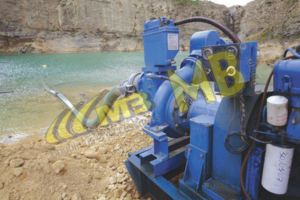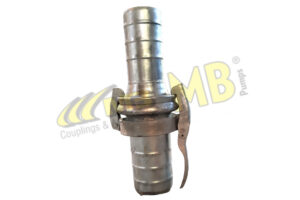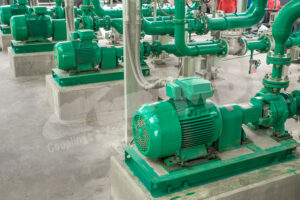Water, an important ingredient for life, may occasionally cause problems when it enters construction sites, mining operations, or any other infrastructure project. In such cases, efficient dewatering is critical to ensuring a dry and stable working environment. This blog digs into the primary dewatering processes used in many industries, shedding light on new approaches that have transformed water management. MB Exports is the best Wellpoint Dewatering pumps & Accessories Manufacturer in India
Wellpoint Systems: Tapping into Precision
The wellpoint system is a conventional and successful dewatering technique in India specially. This method entails constructing a network of closely spaced shallow wells around the excavation site. These wells are connected to a vacuum pump, which lowers the water table within the points and makes water extraction easier. Wellpoint systems are especially useful in sandy or permeable soil conditions.
Deep Wells: Plumbing the Depths
Deep well dewatering is the ideal option for operations that require water removal from deeper levels. Deep wells, equipped with electric or diesel pumps, remove water from higher depths to keep the workplace dry. This technology is frequently used in large-scale construction projects, mines, and tunneling operations.
Sump Pumping: The Power of Elevation
Sump pumping is the process of deliberately placing sump pits at the lowest locations of an excavation site. As water collects in these pits, submersible pumps are engaged to lift and release it to the proper spot. This technique is useful for dealing with somewhat shallow groundwater levels and is frequently used in conjunction with other dewatering methods.
Geotextile Tubes: Harnessing the Power of Fabric
Geotextile tubes have recently emerged as a new dewatering solution. These huge, tube-like receptacles hold sediment-laden water, allowing it to filter through the fabric while retaining solid particles. Geotextile tubes are particularly beneficial in environmental restoration operations and sediment-prone coastal locations.
Electrokinetic Dewatering: A Shock to the System
Electrokinetic dewatering uses electrical currents to move water and pollutants throughout the soil. Electrodes are put into the ground, generating an electric field that causes water and ions to travel toward collection locations. This approach works especially well in cohesive soils and has environmental benefits by decreasing the need for chemical additives.
Trenchless Technologies: Minimizing Surface Disturbance
Trenchless dewatering technologies provide a minimally invasive alternative for urban or small-space settings. Trenchless techniques such as horizontal directional drilling, slurry walls, and permeable reactive barriers allow effective dewatering while causing minimal surface disruption.
Conclusion:
Dewatering is an important part of construction and excavation operations, and the approach used relies on criteria such as soil type, project scale, and environmental concerns. As industries grow, so do dewatering technologies, with continual research and innovation pushing the frontier of efficiency and sustainability. Understanding and adopting these primary dewatering strategies can help project managers and engineers negotiate the hurdles provided by water and assure the success of their initiatives. MB Exports is the best quality dewatering pump accessories exporter in India.
Read More About Choosing the Right Wellpoint Dewatering Pump: Factors to Consider




